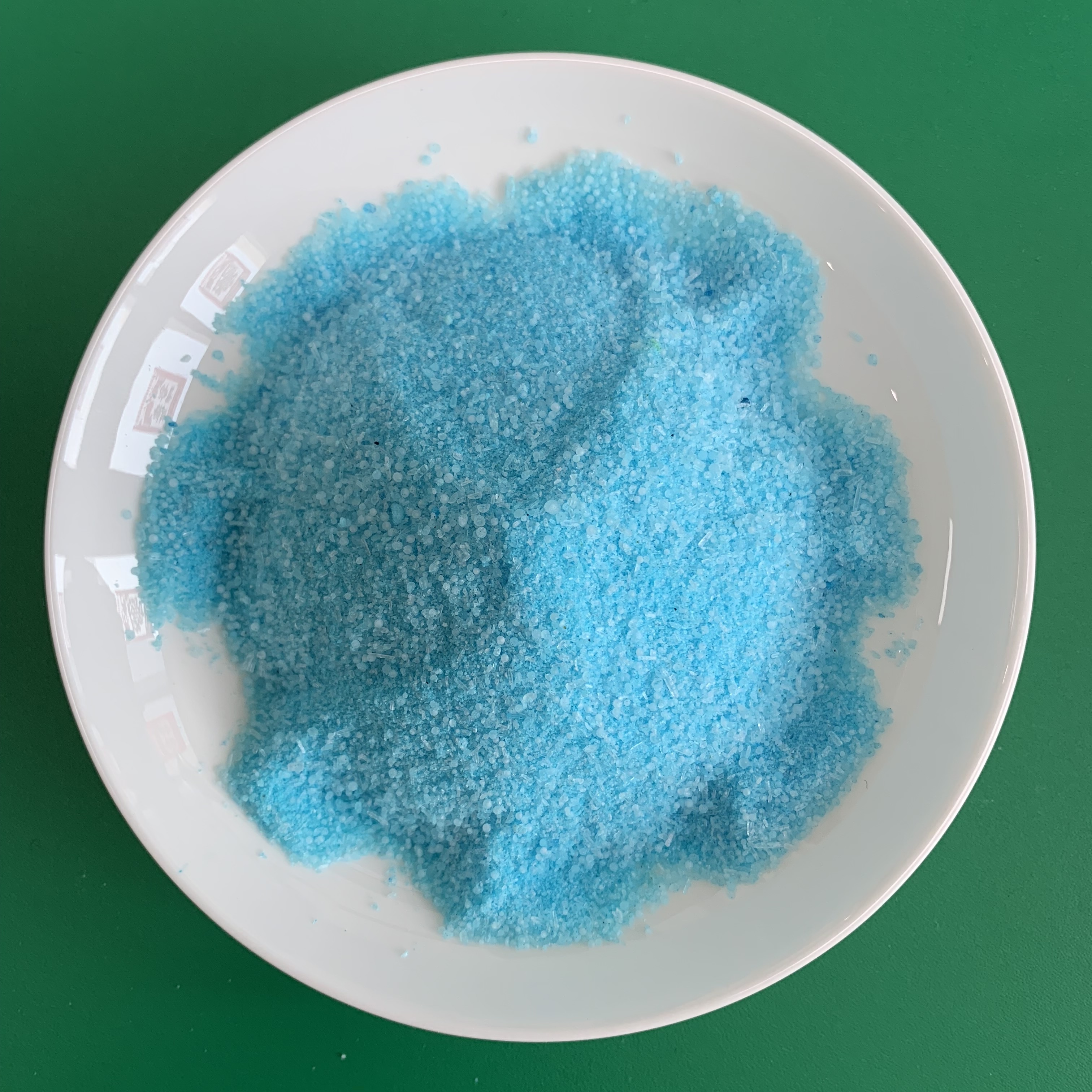



Safety Guidelines for Handling Sodium Hydroxide Solid Material
An Overview of Sodium Hydroxide Solid (NaOH) and Its Safety Data Sheet (SDS)
Sodium hydroxide, commonly known as caustic soda or lye, is a highly versatile and widely used chemical compound. It is an inorganic alkali that serves various industrial and laboratory applications, primarily due to its strong basicity and reactivity. In this article, we will explore the safety data sheet (SDS) for sodium hydroxide solid, emphasizing the importance of understanding its properties, hazards, and handling measures.
Chemical Properties and Applications
Sodium hydroxide has the chemical formula NaOH and appears as a white, odorless solid. It is highly soluble in water, producing exothermic reactions that generate considerable heat. Its pH in solution is typically around 13-14, making it a very strong base. This alkalinity makes sodium hydroxide advantageous for neutralizing acids, saponification processes, cleaning agents, and in various chemical syntheses.
In industrial settings, sodium hydroxide is utilized in the manufacturing of paper, textiles, soaps, detergents, and as a drain cleaner. Due to its capacity as a dehydrating agent, it is also used in the production of biodiesel. Furthermore, sodium hydroxide is important in water treatment processes, where it regulates pH levels and removes heavy metals.
Understanding the Safety Data Sheet (SDS)
The safety data sheet (SDS) for sodium hydroxide solid provides critical information regarding the substance, which is essential for safe handling and emergency response. The SDS is divided into several sections, each addressing specific aspects related to the chemical.
1. Identification This section includes the product name, synonyms, relevant uses, and manufacturer information. For sodium hydroxide, it's essential to note that it is classified as a hazardous substance in many jurisdictions.
2. Hazard Identification Sodium hydroxide is a corrosive substance with several health hazards. It can cause severe burns to skin and eyes upon contact. Inhalation of dust or aerosols can lead to respiratory irritation and damage. Understanding these hazards is crucial for anyone who handles the substance.
3. Composition/Information on Ingredients This section details the chemical composition of sodium hydroxide, confirming its purity and any relevant impurities that may affect its properties or hazards.
sodium hydroxide solid msds

4. First Aid Measures The SDS outlines critical first aid steps in case of exposure. For skin contact, it is advised to immediately rinse the affected area with plenty of water for at least 15 minutes. In the case of eye contact, seek immediate medical assistance, as sodium hydroxide can cause irreversible damage to the eyes.
5. Firefighting Measures While sodium hydroxide is not a flammable substance, it can react vigorously with acids and other materials. The SDS provides guidance on appropriate firefighting methods, including the use of water as a cooling agent and the removal of any reactive materials around the fire.
6. Accidental Release Measures In the event of a spill, proper containment and cleanup procedures must be followed. The SDS recommends using appropriate personal protective equipment (PPE) such as gloves, goggles, and face shields to prevent exposure.
7. Handling and Storage Safe handling practices include minimizing dust generation and maintaining adequate ventilation. Sodium hydroxide should be stored in a cool, dry place away from incompatible substances such as acids or organic materials.
8. Exposure Controls/Personal Protection This section highlights permissible exposure limits and specifies the type of personal protective equipment needed. Using gloves made from neoprene or rubber, safety goggles, and protective clothing are critical to ensure safety when working with sodium hydroxide.
9. Stability and Reactivity Sodium hydroxide is stable under normal conditions but can react with moisture, acids, and certain metals, generating hazardous gases like hydrogen.
10. Toxicological Information Understanding the toxicological effects of sodium hydroxide is vital for those who handle this chemical. Chronic exposure can lead to serious health problems, including respiratory issues and long-term skin damage.
Conclusion
Sodium hydroxide solid is an indispensable chemical in various industries, but its corrosive nature and associated hazards necessitate careful handling and proper safety measures. The safety data sheet (SDS) serves as a comprehensive guide for users, providing crucial information to mitigate risks associated with exposure. For anyone working with sodium hydroxide, familiarity with the SDS is essential for ensuring safety in the workplace and managing potential emergencies effectively. By adhering to safety protocols and using appropriate protective equipment, individuals can minimize risks while benefiting from the useful properties of this powerful alkali.
-
Why Sodium Persulfate Is Everywhere NowNewsJul.07,2025
-
Why Polyacrylamide Is in High DemandNewsJul.07,2025
-
Understanding Paint Chemicals and Their ApplicationsNewsJul.07,2025
-
Smart Use Of Mining ChemicalsNewsJul.07,2025
-
Practical Uses of Potassium MonopersulfateNewsJul.07,2025
-
Agrochemicals In Real FarmingNewsJul.07,2025
-
Sodium Chlorite Hot UsesNewsJul.01,2025










